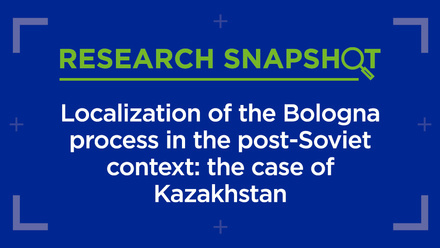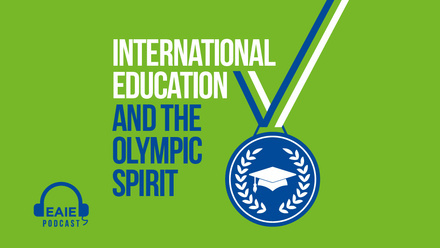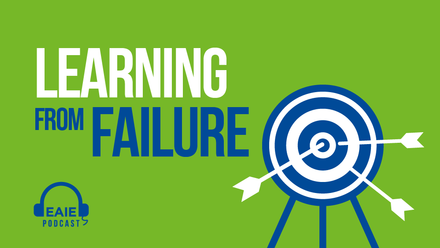Rats, creativity and societal needs: new partnerships for new challenges
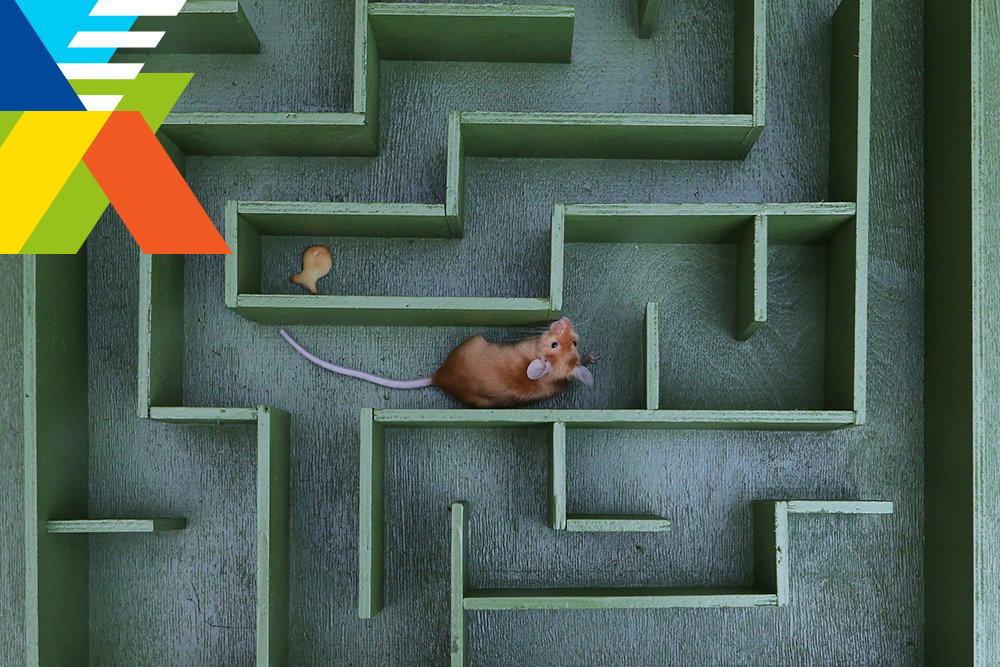
In the lead-up to the 2020 EAIE Community Exchange, the EAIE blog will feature a series of thought-provoking essays geared towards starting the conversation around some of the big topics we'll be discussing. The first Conversation Starter essay begins with the story of an NGO that trains rats to detect landmines in former conflict zones, and asks us to reflect on how untraditional partnerships can help us confront novel challenges.
Siem Reap, Cambodia is an area still affected by terrible remnants of Cambodia’s civil war in the late 1960s and early 1970s, in the form of millions of unexploded landmines scattered around the countryside. The landmines cause injury and death year after year and keep local people from using valuable farmland, pushing them into poverty. Several international organisations are active in making the country landmine-free, but the stars of the operation are the African giant pouched rats – lovingly referred to as HeroRATs – which are trained and deployed by the non-governmental organisation (NGO) APOPO. The rats are an excellent low-tech, locally managed and cost-effective way to detect landmines, being trained to locate the mines through their unparalleled sense of smell. In addition, these rats also detect tuberculosis in Tanzania, Mozambique and Ethiopia on a daily basis.
The HeroRATs project is the direct result of a wild idea in the minds of two product design students from Antwerp, combined with a long-standing partnership between universities in Belgium and Tanzania, bringing together different disciplines, different strengths and different contexts. Great innovations often start with a large dose of coincidence and the right set of circumstances. A good way to give a boost to innovation is to make sure you have an interesting mix of people around the table, each bringing their perspective, their experience and their know-how to the conversation. In this environment, new ideas can ferment, grow and ultimately blossom.
Oh, what a difference partnerships make
In order to tackle complex problems, collaboration and partnerships are key. These arrangements enable the possibility to forge creative pathways not only across disciplines but also between organisations. Partnerships exist in various types and intensities. For example, they can be limited in time and scope, being set up just for a single project. They can also be long-term and open-ended, with significant investment from both sides, requiring a good deal of trust between the partners.
A long-term partnership is always a leap in the dark to some extent. Together we embark on a journey which has no clear destination—we agree to explore together based on the belief that by working together we will be better able to reach our goals and accomplish our respective missions. Of course, this requires choosing the most suitable partners.
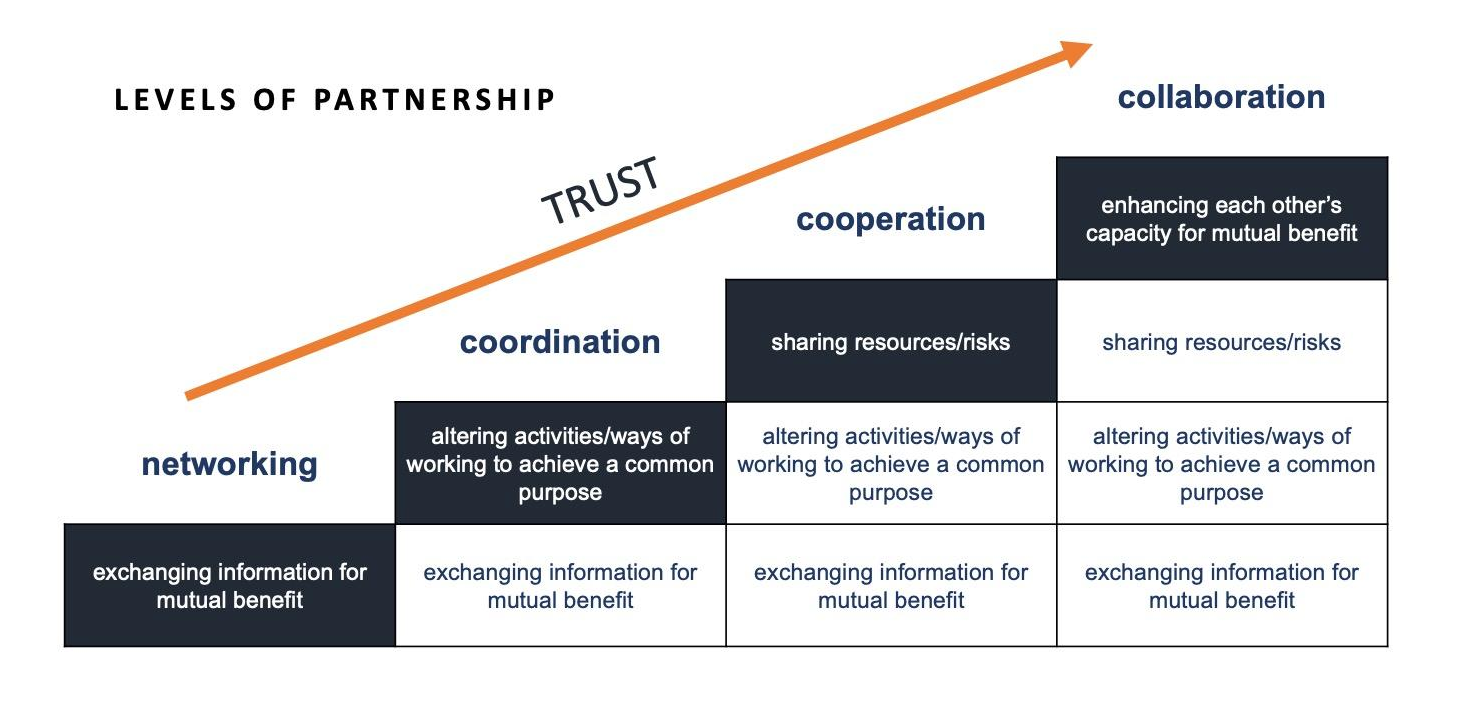
Source: The Open University (n.d.), Himmelman (1996), modified by the authors
When setting up partnerships, the safe route is to look for partners who are a lot like ourselves, but also have some extra characteristics which we find interesting. We tend to look for partners in our own world of higher education and research. It’s within our comfort zone to partner with other universities and research institutes from different countries, as they are somewhat predictable to us and therefore easy to trust. Especially for partnerships of the truly collaborative, long-term and open-ended type, we don’t often look further. However, is this where the most interesting opportunities lie? In today’s world, it can make a lot of sense to explore partnerships with organisations that have completely different profiles than our own. Tackling complex issues like the Sustainable Development Goals takes sophisticated teamwork, ideally involving diverse people and organisations.
NGOs and other nonprofits are often very professional and effective organisations, typically focused on a specific mission, aimed at solving particular societal issues. Their core business is to solve problems or meet needs, either directly by practical interventions, or more indirectly through advocacy and awareness-raising. With more and more importance being given to transparency, proven impact and efficiency, nonprofits are looking for ways to make their activities more effective and evidence based. Partnerships with well-chosen universities can be very useful in this respect. They will bring long-term credibility and more quality to the work of NGOs and ultimately improve their impact.
Nonprofits are rooted in the real world – they know societal challenges first-hand and in very practical ways
On the other hand, universities are under more and more scrutiny and pressure to get out of their ivory towers. Society expects them to help solve urgent societal issues related to climate change, migration, public health, conflicts, aging, and so on. In this respect partnerships with nonprofits and NGOs can bring great benefits to universities. Nonprofits are rooted in the real world. They know societal challenges first-hand and in very practical ways. They provide excellent pathways for bringing real societal issues directly into educational programmes and research projects.
Serendipity is great, strategy is better
A case like APOPO, a nonprofit spinoff of international university collaboration, may seem a bit far-fetched. You can’t really plan for this kind of thing. However, with an open mind and some creativity, many opportunities for partnerships between universities and NGOs will become apparent. It’s a matter of seeing the parallels in visions and missions and exploring ways to build on these commonalities. The trick is to find common projects and activities which will strengthen both sides in the end. However, this takes long-term and trustful partnerships.
Real-world expertise is important, as well, and some NGOs bring very valuable assets to the table in this respect. An example here is SPARK, an international NGO engaged in higher education (and beyond), which takes an approach that is very complementary to universities. SPARK offers expertise in fundraising and project management, and has access to specific large funding streams that universities can’t access themselves. SPARK’s particular strengths make it possible for their partner universities to benefit from extra investments without too much additional hassle. The universities can focus on doing what they do best and further improve that work, while SPARK can take charge of keeping the funders happy and taking care of the paperwork. In these types of partnerships both sides win, by combining their strengths.
To the universities, the NGO brings innovations which they otherwise would not have invested in as quickly, thanks to the extra funding, know-how and contacts
SPARK also offers an example of an NGO with a distinctly international profile. The organisation is active on 5 continents, with a very strong presence in the Middle East, where they are supporting displaced Syrian students and vulnerable host communities. SPARK provides scholarships to refugees for university studies, but it also works with the hosting universities to fundamentally improve the quality of the programmes they offer and reduce dropout rates. The partner universities are very good, nationally-recognised universities. Though they are usually a bit under the international radar, they have good basic quality and great potential for hosting SPARK’s beneficiaries. By participating in SPARK’s projects, they can innovate and upgrade their programmes and become more visible.
The improvements in the work of the partner universities make it possible for SPARK to show long-term impact to its funders. To the universities, the NGO brings innovations which they otherwise would not have invested in as quickly, thanks to the extra funding, know-how and contacts brought in by SPARK. This example highlights how NGOs can be flexible players, able to adapt their know-how to the specific needs and context of partners in different countries and regions.
For a university, a close partnership with an NGO can also provide access to the NGO’s specific network. The university can become an active member of a larger group of stakeholders connected to the specific cause in question. Trust can be transferred, and networks forged. For example, in Gaziantep, Turkey, SPARK brought together the city government, other NGOs, the Chambers of Commerce and Industry and local universities to form an effective ecosystem to offer the best possible support to the displaced Syrian people as well as the host community.
Ongoing evolution
The work of HeroRATs continues to evolve. They are working hard to detect landmines and tuberculosis in 7 different countries in Africa and Asia, but the work does not stop there. APOPO is using partnerships with universities to develop new applications to serve local societies. In 2018, APOPO teamed up with the University of Manchester in a joint research effort to further explore scent detection of different diseases. It has also welcomed a special visitor, Mrs Joy Milne, better known as ‘the woman who can smell Parkinson’s disease’, an example of the expanding network that APOPO is leveraging in its ongoing work in this area.
For its newest application, the RescueRAT project, APOPO is collaborating with the Eindhoven University of Technology. A team of researchers and students is developing a backpack with technology for rats which can search for survivors under the rubble of collapsed buildings after earthquakes. Thanks to the recent development, RescueRATs can not only locate victims, but also enable two-way communication with the survivor and more accurate localization of their position in the debris to facilitate the rescue operation. For APOPO, these partnerships bring innovation based on strong scientific research. For the universities they create unique opportunities to be more relevant and to show direct societal impact.
Bridging complex divides requires some courage and imagination. For example, as public health matters take central stage around the world, in light of the COVID-19 pandemic, the future of disease prevention and diagnosis will likely require ever more creativity and commitment. By building trustful partnerships with NGOs and nonprofits, universities can truly forge creative pathways to a safer and more equitable and sustainable world for all.
Questions for discussion
- What opportunities do you see for your university to join forces (or expand existing relationships) with NGOs or nonprofits in a more structured, long-term way?
- What kinds of joint activities or projects would be feasible?
- What could your university gain from such partnerships?
- How can partnerships of this nature expand the internationalisation scope and profile of your institution?


